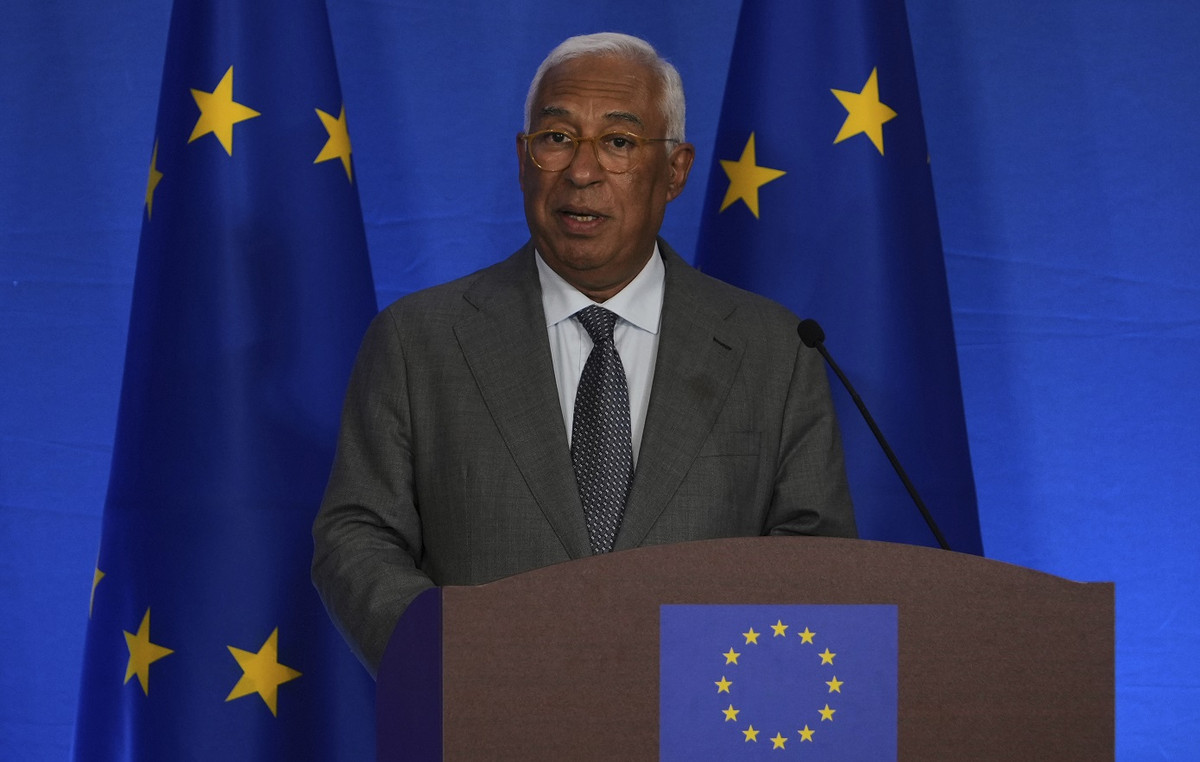Banks promised to be green. However, they can’t seem to give up coal.
The most carbon-emitting and polluting energy source, coal is the biggest contributor to human-caused climate change. Still, global power generation from coal grew by 9% last year and reached an all-time high.
Over the past three years, commercial banks have funneled $1.5 trillion into the sector, according to a recent report by green campaign groups Urgewald and Reclaim Finance, along with more than two dozen other NGOs.
The biggest coal lenders, according to the study, include Japan’s Mizuho Financial Group, Barclays, Citi and JPMorgan Chase. All four banks are members of the UN Net Zero Banking Alliance and have committed to aligning their portfolios with net zero carbon emissions by 2050.
Institutional investors hold $1.2 trillion in coal industry assets as of November 2021, figures that appear to be on par with holdings in 2020.
Topping the list was BlackRock, which held 9% of global coal shares. About $110 billion of his wealth is in coal-producing companies and $34 billion is invested in companies building new coal plants, according to the report.
BlackRock’s holdings represent a small percentage of its $10 trillion in total assets under management, but the coal developers in BlackRock’s portfolio have plans for new projects equivalent to the power capacity of all coal in Russia, Japan, Indonesia, Poland and Germany combined.
BlackRock declined to comment.
There is a “massive disconnect” between the green rhetoric of the biggest financial institutions, their climate commitments and net-zero pledges, and their actual financing practices when it comes to new fossil fuel development, said Ben Cushing, manager of Sierra Club’s Fossil-Free. Financial campaign.
Citi, JPMorgan Chase, Bank of America and Wells Fargo increased their funding of the top 30 coal companies between 2016 and 2021, said a report released last week by the Rainforest Action Network and six other NGOs.
Major banks lent $742 billion to the fossil fuel industry in 2021, just down from $750 billion in 2020, he said.
JPMorgan Chase, Citi, Wells Fargo and Bank of America are the world’s top four fossil fuel financiers, according to the report, with Morgan Stanley and Goldman Sachs rounding out the top 14.
Together, these six US banks have provided 31% of all fossil fuel funding since the 2015 Paris Agreement and 29% of all identified funding in 2021.
All six banks are part of the Net Zero Alliance.
Some investors are fed up: All six of the biggest US banks will face investor resolutions around financing fossil fuel companies during their annual shareholder meetings this spring.
delicate policy
Bank policies around coal financing often have loopholes that allow financing to continue through multiple channels.
Banks can restrict financing to specific projects involving coal, but they do not rule out general-purpose loans or agreements for an entire company.
Some banks won’t finance a company that gets more than 25% of its revenue or output from coal, but some of the world’s biggest coal developers are massive and diverse organizations.
Glencore, one of the world’s largest coal producers and exporters, earned just 24% of its industrial revenue from fossil fuel in 2021. The rest came from mining and trading copper, zinc and other metals.
Many banks produce interim targets based on carbon intensity metrics, measured as total carbon emissions divided by total production units or economic activity.
“This is a clever trick and doesn’t mean your total emissions are going down,” Cushing said. If you fill your car with a lower emission form of gas, but drive twice as much, your emissions intensity will be lower, but your net emissions will remain the same.
Companies often say they need time to assess customer portfolios and determine how to continue working with them.
“It’s not aerospace science,” said Ted Nace, founder and executive director of Global Energy Monitor, an NGO that catalogs fossil fuel and renewable energy projects around the world.
The energy sector is able to act quickly and decisively when pressed, even when expensive.
Example: Western oil and gas companies cut their ties with Russia almost immediately after the Ukraine invasion, proving that even the biggest companies can get rid of toxic assets quickly.
‘Give us time’
A spokesperson for the United Nations’ Net Zero Banking Alliance said the comprehensive transitional plans “will require years to plan and execute”. Many alliance members are just months away from their 2021 net-zero pledges, the spokesperson said.
An immediate divestment of existing fossil fuel positions could lead to “extreme market shocks” that could “deeply affect the world’s most vulnerable people,” the spokesperson added.
Other financial institutions, with which CNN Business international asked to talk about the background, did not respond or simply sent links to their public policies on coal and net zero.
BlackRock has ditched every company that makes a quarter or more of the profits from thermal coal on its $2.6 trillion in actively managed strategies. Most of the $10 trillion under management by the company is held in passive funds to which coal policy does not apply.
But time is running out.
This week, the United Nations Intergovernmental Panel on Climate Change issued a stern warning: the world must reduce its use of coal by 95% over the next 28 years to avoid climate chaos.
If carbon emissions don’t drop significantly in the next few years and the planet continues to warm at current rates, expect to see “large underwater cities, unprecedented heat waves, terrifying storms, widespread water shortages, the extinction of a million of plant and animal species,” said UN Secretary-General António Guterres.
Is not all about money, only a large part
A recent report by London-based energy and climate think-tank InfluenceMap found that the world’s 30 largest financial institutions belong to industry associations “that have consistently pushed to weaken key sustainable financial policies” in the European Union, Great Britain and the United States. .
Coal maintains political power in the United States. The US is the third largest consumer of coal in the world.
When 40 countries signed a pledge to phase out coal over the next few decades at international climate talks in Scotland in 2021, the US did not.
Global power generation from coal grew 9% last year to an all-time high and US-based Peabody Energy, the world’s largest private sector coal producer, had its most profitable first quarter this year.
Russia’s invasion of Ukraine and a possible ban on Russian coal in the European Union have also made coal an extremely profitable commodity.
This week, US coal prices hit $100 a ton for the first time in 13 years in response to fears of supply shortages.
The cost per ton was around $54 at this point in 2020, when Russian coal accounted for around 18% of all global exports.
“This could be a watershed moment for the world,” said Natasha Ion, a climate activist at BankTrack, an NGO focused on tracking banks and the activities they finance.
“We are already seeing markets change in response to Russia. I urge banks not to increase funding for fossil fuels as a result.”
Source: CNN Brasil
I am Sophia william, author of World Stock Market. I have a degree in journalism from the University of Missouri and I have worked as a reporter for several news websites. I have a passion for writing and informing people about the latest news and events happening in the world. I strive to be accurate and unbiased in my reporting, and I hope to provide readers with valuable information that they can use to make informed decisions.







